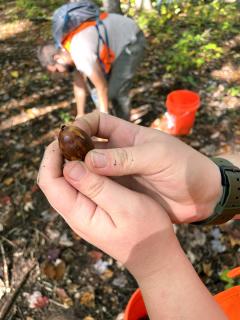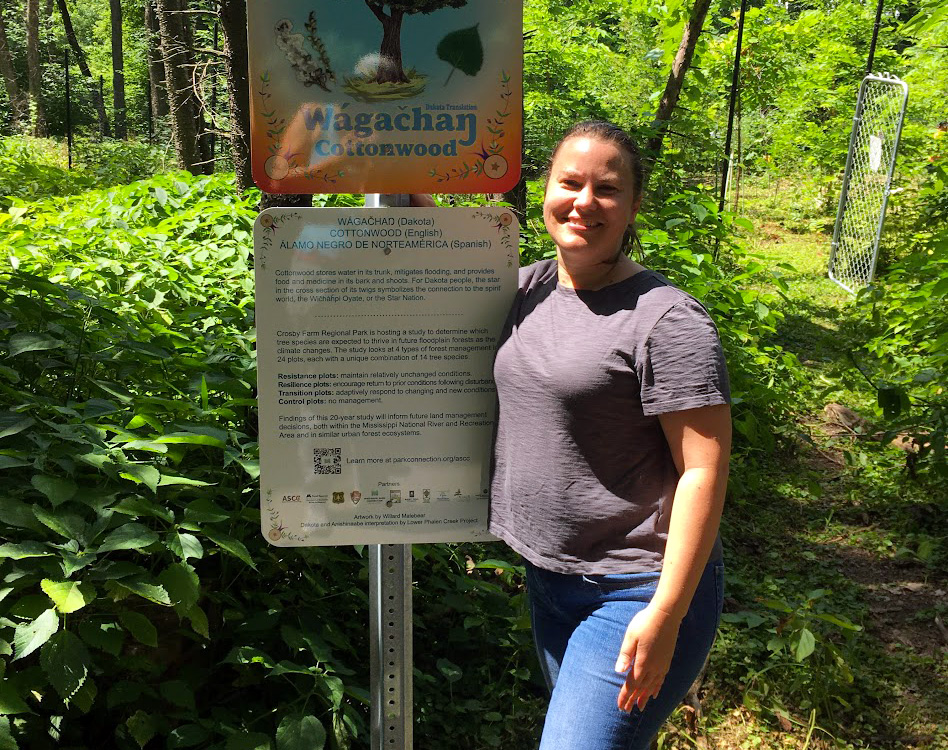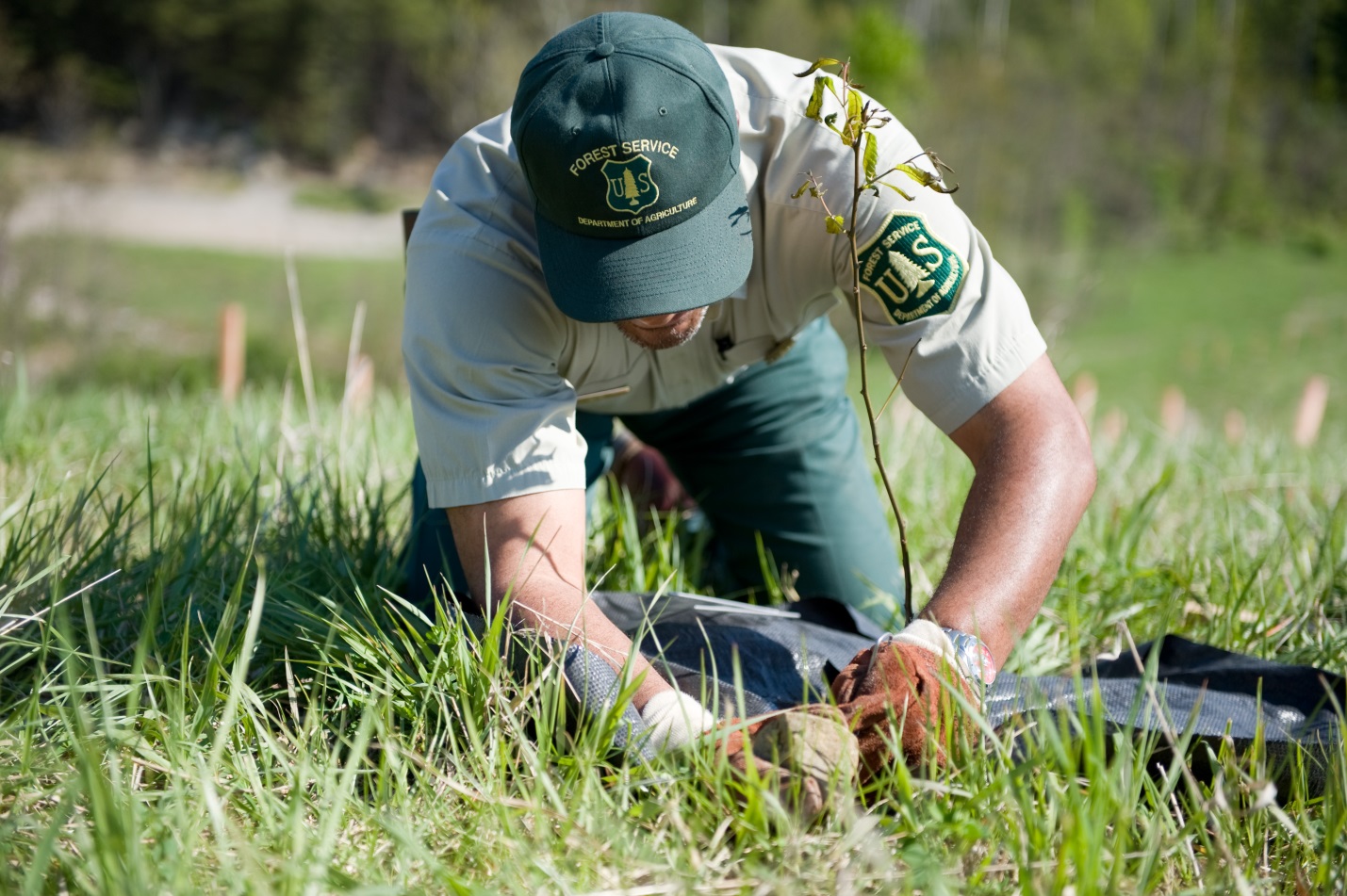
The Kentucky Derby is grounded in decades of tradition that many are familiar with—the racetrack, the garland of roses and the famous mint julep. In a nature-friendly twist of events, decades of tree growing also feeds the Derby tradition.
During the two-day event in May, more than 125,000 mint juleps are enjoyed by fans attending the prestigious horse race. Mixing these drinks requires a lot of bourbon, and bourbon production requires oak barrels.
While making a mint julep is easy, making its signature ingredient—bourbon—is quite the opposite. The distinct flavor of bourbon comes from the grain, the yeast and the oak barrel that is used when aging the bourbon to perfection. This time-consuming process begins in the forest with a white oak tree.
The towering and majestic white oak is a showstopper – and highly valued by wildlife, Southerners and the timber industry. It’s also what gives bourbon its distinctive flavor.
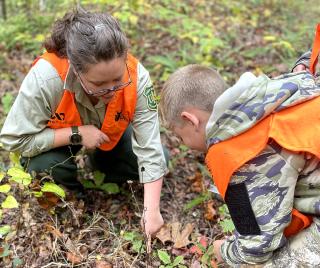
However, the white oak’s future is at risk. Why? Researchers have discovered that more than 99% of oak seedlings die before reaching five years old, a problem described as the “oak bottleneck.”
Oak forestland spans 104 million acres of public and private forests from southwest Maine to northern Florida, from Wisconsin to Alabama, covering much of the eastern and central United States, and white oaks are the dominate tree species in these forests.
White oak is considered a cornerstone tree species that supports more life forms than any other North American tree. More than 180 different kinds of wildlife use oak acorns as food. Open forests and woodlands with sun shining down to the forest floor are ideal for it to thrive. Typically, acorns drop from a mature white oak, then seedlings sprout and, with the right conditions, into saplings. Once a sapling, it can take 60-100 years for a white oak tree to mature fully.
According to experts, about 75% of white oaks are classified as mature. This means only a quarter of white oak trees are either seedlings or saplings, with the result that nearly half of oak forests are not regenerating at levels necessary to maintain healthy and diverse forests.
“Continued decline will have long-term impacts on our nation economically, culturally and environmentally,” said Dr. Jeffrey Stringer, chairman for the University of Kentucky’s Department of Forestry and Natural Resources.
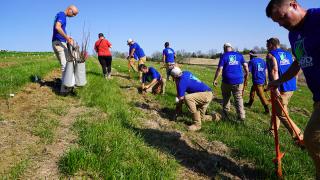
Dr. Stringer is a member of the executive committee for the White Oak Initiative, a diverse coalition of partners committed to the long-term sustainability of America’s white oak forests as well as the benefits they provide. The USDA Forest Service is one such partner in the initiative.
Foresters know that wood is a renewable and sustainable resource, but sometimes nature needs a human hand to help nurture the sustainable characteristics of a forest.
Bourbon makers recognize that white oak conservation is important to their industry.
“It’s incumbent upon us to protect the environment that gives us the ingredients for Bourbon,” said Rob Samuels, managing director of Maker’s Mark, who has partnered with University of Kentucky researchers to create an oak-tree repository.
Many others – from industry leaders to organizations like the Forest Service – are taking action and investing financially to ensure the future of oak forests.

“Long-term sustainability of the species will depend on dedicated collaboration across the landscape and across generations,” said H. Scott Ray, Daniel Boone National Forest Supervisor. “It will take all of us who care about white oak – industries, universities, state and federal agencies, private landowners, conservation organizations and trade associations - working together to ensure the future of America’s white oak forests.”
In addition to oak bottleneck, climate change, changing land uses and lack of active forest management practices are all negatively impacting white oaks across the landscape. In the eastern United States where white oak dominates, about half of white oaks are owned by family forest owners and the other half are on public lands.
That’s why the White Oak Initiative is helping private landowners become aware of good forest management practices and it’s teaching landowners to grow and maintain their forests.
In 2021, the White Oak Initiative released Restoring Sustainability for White Oak and Upland Oak Communities: An Assessment and Conservation Plan, a science-based report that detailed the current state of America’s white oak forests and recommended a practical plan of action to avoid their decline over the next 10-15 years.
The Forest Service has many researchers dedicated to the future of oaks, as well as partnerships with the White Oak Initiative and the University of Tennessee’s Oak Symposium. The Forest Service also manages its forests to allow more sunlight to reach the forest floor, thereby encouraging the next generation of oak trees.
“White oak is at the heart of so many traditions. I hope that by building partnerships and engaging new audiences we will see ‘white oak regeneration’ become a land management ethic passed down with the same reverence as taking your child on their first hunt or sipping a mint julep at the Derby,” said Ray.
To learn more about the White Oak Initiative, visit whiteoakinitiative.org.

